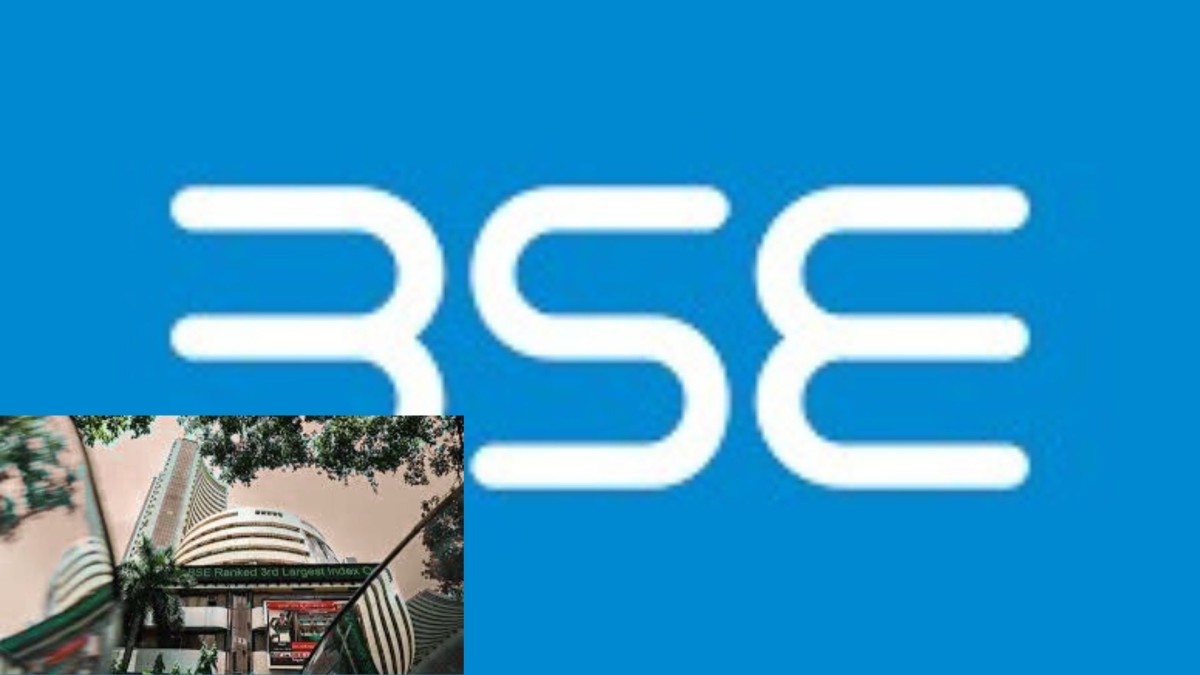While derivative expiry reforms are making headlines, another significant regulatory push from SEBI involves the structural rebalancing of major indices like Nifty Bank, BSE Bankex, and Nifty Financial Services. The proposal includes strict new rules such as ensuring at least 14 constituents in each derivative-linked index, capping the top stock’s weight at 20%, and limiting the top three combined to 45%.
This reform follows rising concern over index manipulation and over-reliance on a few heavyweight stocks like HDFC Bank and ICICI Bank. The regulator has acknowledged that many indices have become dangerously top-heavy, allowing outsized price swings due to single-stock movements. By redistributing weightage, SEBI hopes to enhance stability, improve liquidity across mid-tier stocks, and reduce volatility caused by institutional front-running.
Asset managers and index providers are already preparing for the ripple effects, as mutual funds, ETFs, and algorithmic trading desks recalibrate portfolios. While the rebalancing is meant to improve market health, it could lead to short-term disruptions and reallocation outflows from dominant stocks into smaller peers.
This phased rollout gives the industry until early September to provide feedback, and actual implementation could take months. However, the tone is clear: SEBI is determined to tame concentration risk and make India’s equity markets more broad-based and resilient.


